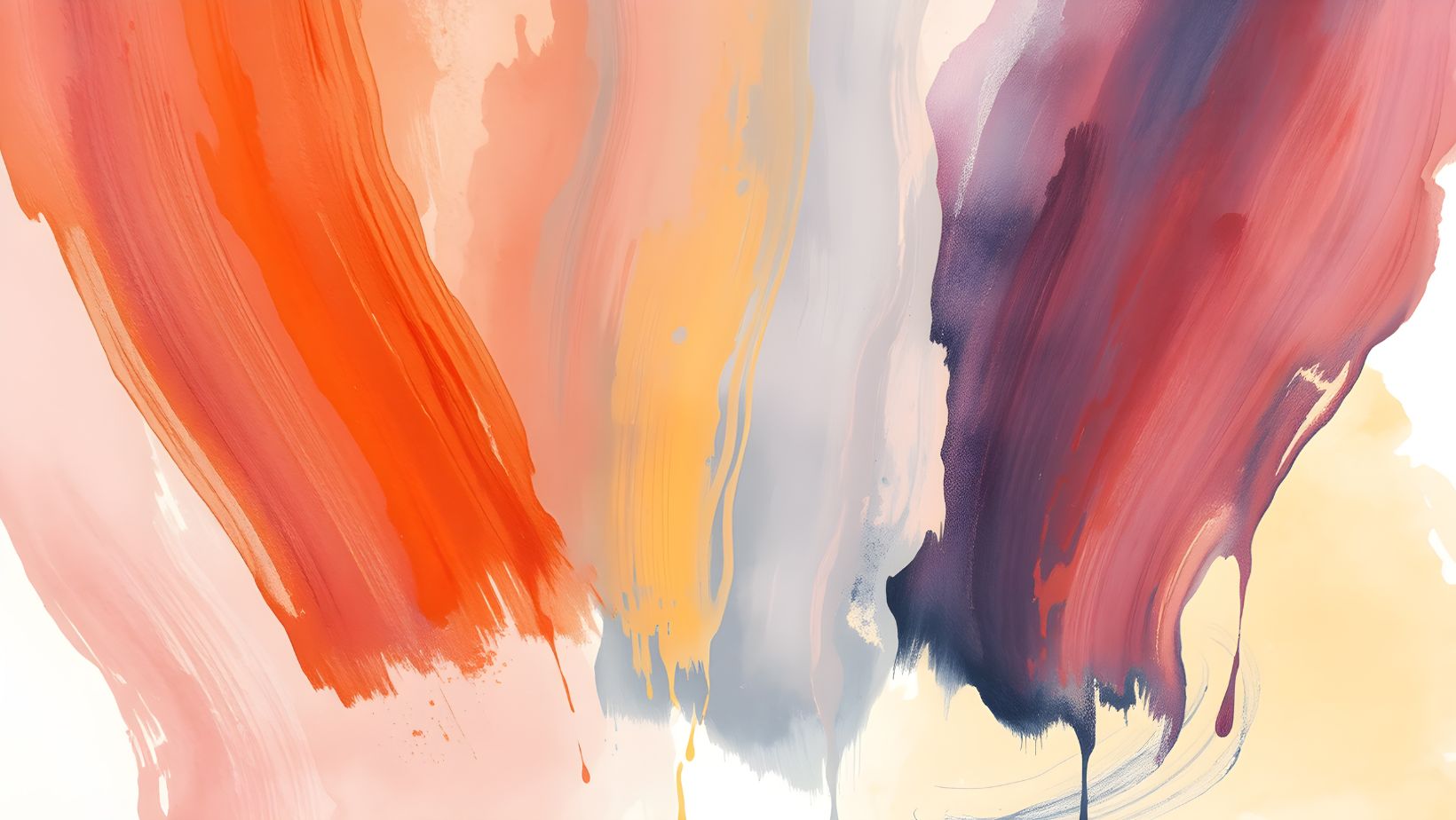Artificial intelligence (AI) has given rise to a new visual revolution. Image generation tools powered by generative AI and diffusion models, such as DALL·E 3, Midjourney, and Stable Diffusion, represent the most disruptive leap in visual technology since the invention of photography. What once required years of skill or costly production now emerges from a line of text prompts and a few seconds of computation.
AI image generation is not simply automating design. It’s changing how creativity functions, broadening who gets to participate, and reshaping production across industries. Still, these advances bring ethical tension. Ahead lies a closer look at creation’s democratization, industrial transformation, and the uncertain road of ethics and evolution.
Democratization and Acceleration of Visual Creation
The blank page used to intimidate even seasoned creators. AI for image generation has changed that. Anyone with an idea can now turn it into a visual concept in seconds via user instructions. Marketers use it to test ad variations before production. Small business owners create product mockups, photo blending, and background changes without hiring a designer. Hobbyists explore artistic styles that once demanded expensive software and technical skill. The ability to move from text to image has opened visual storytelling to nearly everyone.
The process itself has also accelerated. What once took days of sketching or revisions can now begin with a simple prompt and generative credits. Text-to-image models translate ideas into rough drafts instantly, freeing time for refinement, iteration, and creative control. Early-stage design and concept testing no longer rely on long feedback loops or specialized training. Instead, they’ve become conversational, guided by style options, language, and curiosity.
AI’s role now extends beyond automation. Through image-to-image editing and style transfer, creators use AI as a partner, enhancing ideas, reworking textures, or blending styles that stretch human imagination. The process feels more like collaboration than delegation. Out of this shift, a new profession has appeared: the prompt engineer. Equal parts writer and visual thinker, this role bridges human intention with machine precision. They shape the dialogue between imagination and algorithm, ensuring that what the AI produces reflects the creator’s intent.
The result is not the replacement of creativity but its expansion. Design has become faster, more inclusive, and more responsive to imagination itself.
How AI-Generated Images is Transforming Tech Industries
Across industries, AI image generation is reshaping how products are built, tested, and experienced. In software and product design, teams now move from idea to prototype at unprecedented speed. Generating user interface elements, mockups, or icon sets takes seconds, giving designers more space to focus on interaction and user flow. Developers use AI-generated visuals to simulate product concepts before a single line of code is written. The same systems drive personalization at scale, creating marketing visuals tailored to individual users, each ad or interface adapted to specific tastes and behaviors.
Entertainment and immersive technology have also absorbed this shift. Studios use AI to produce environmental textures, concept art, branding materials, and even 3D models in real time. What once required large art teams can now begin with a short description and text prompts. Games and virtual environments become richer, built faster, and customized to players. Integration with AR and VR extends the effect, allowing users to generate a wide range of personalized spaces or avatars that evolve dynamically. The creative loop between user and machine tightens, making immersion feel more alive and immediate.

In scientific and technical fields, AI-generated imagery carries practical weight. Researchers rely on synthetic data to train machine learning models without risking privacy, such as in medical imaging or finance. Engineers visualize molecular structures and product designs more clearly, turning abstract concepts into tangible models. Across these sectors, AI image generation acts as both accelerator and amplifier, streamlining creation while widening what can be imagined and built.
The Future Roadmap
AI image generation is moving toward hyper-realism and realistic images, where visuals become nearly indistinguishable from photography or film. Real-time generation will soon make interactive visuals possible. Designers, gamers, and educators could shape imagery that evolves with user input. As models grow multimodal, the line between media types will blur. Text, sound, and visuals will combine into seamless, generative environments, producing content that feels coherent and alive.
Yet progress brings friction. Questions of copyright and intellectual property remain unresolved, especially as creators challenge how datasets are sourced and how ownership is defined. The issue reaches beyond law into ethics. What counts as ‘original’ when an algorithm learns from millions of works? Misinformation adds another strain. Deepfakes and fabricated visuals erode public trust, pushing the need for watermarking (e.g., SynthID watermark), detection tools, and transparent data practices.
Bias within training data continues to shadow these advances. Without deliberate correction, AI may replicate social and cultural blind spots embedded in its inputs. The future of AI-generated imagery depends as much on ethics as on engineering. Its promise lies not only in visual precision but in building systems that reflect creativity responsibly and inclusively, keeping imagination grounded in accountability.
Conclusion
AI image generation marks a turning point in technology’s evolution, shifting from experimental novelty to essential creative infrastructure. The future of innovation will be shaped through images and visual styles. its success defined not by speed alone, but by how responsibly society balances AI’s potential with human, ethical, and legal accountability.